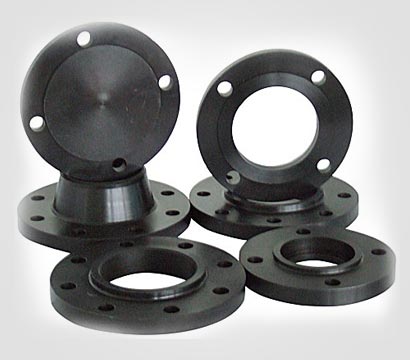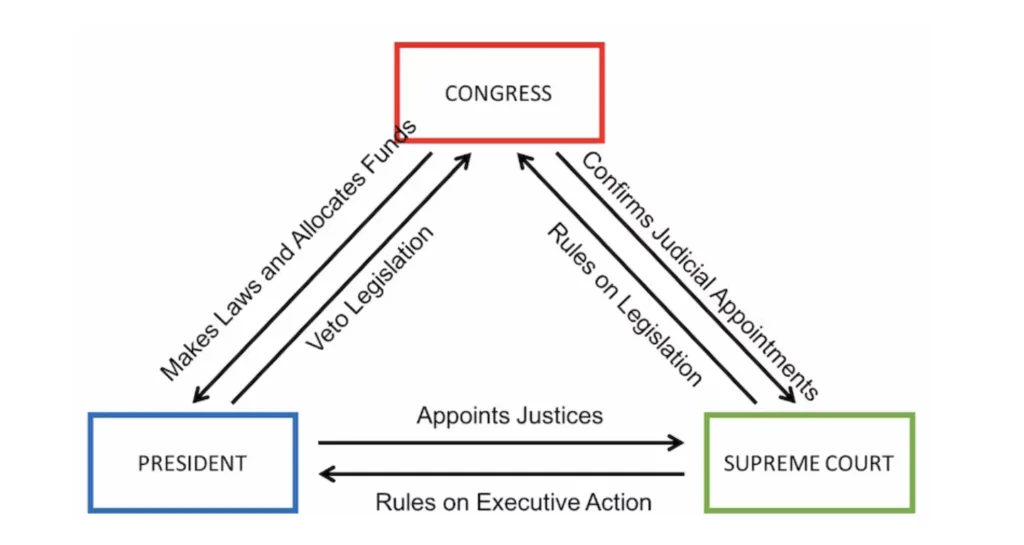The Secret To Keeping Long Life Of Lubricants Is Viscosity Index Improvers
These polymer fillers, known as viscosity index improvers (VII), alter the thickness of lubricants and fluids at varying temperatures. We also refer to them as viscosity improvers or viscosity adjusters.

These polymer fillers, known as viscosity index improvers (VII), alter the thickness of lubricants and fluids at varying temperatures. We also refer to them as viscosity improvers or viscosity adjusters.
Increasing The Viscosity Index: Getting Lubricants To Work Better At All Temperatures
Polymeric additives known as viscosity index improvers (VIIs), also known as viscosity modifiers or viscosity improvers, play a crucial role in maintaining the viscosity of fluids and lubricants at varying temperatures. They play a crucial role in maintaining the optimal performance of lubricants by minimizing viscosity changes resulting from temperature fluctuations.
What It Does And How It Helps
Viscosity index improvers affect the connection between the viscosity of a lubricant and its temperature. This ensures that the lubricant remains thin enough at low temperatures to facilitate easy starting and flow, and thick enough at high temperatures to provide good film strength and lubrication.
Viscosity enhancers (VIIs) improve the general performance and efficiency of lubricants. Machinery thus lasts longer, runs on less fuel, and wears out less quickly.
VIIs protect lubricants against heat and oxidative breakdown, thereby enabling their stability. This reduces the need for frequent oil changes and helps their performance remain steady over lengthy periods.
Many different types of lubricants and fluids, such as industrial oils, gear oils, transmission fluids, hydraulic fluids, and engine oils, utilize VIIs. Thus, they find application in a wide range of circumstances and serve a variety of purposes.
Types of VIIs:
-
Polymethacrylates, also known as PMAs, are the most widely used type of VII. We call it polymethacrylates (PMAs), and it works well with many different base oils.
-
Olefin Copolymers (OCPs): These are useful in challenging conditions because they perform well at low temperatures and are very stable when sheared.
-
Styrene-Isoprene Copolymers (SIPs): These are effective at stiffening and staying stable when sheared, but they might not work as well at low temperatures.
-
Hydrogenated Styrene-Diene Copolymers (HSDs): They work better against oxidation and are compatible with a variety of base oils.
Choice and Implementation:
Factors such as the type of base oil, the desired viscosity range, the operational temperature range, the shear conditions, and the compatibility with other additives influence the choice of VII to use. By carefully selecting the appropriate additives and using the correct dosage, you can avoid shear instability, too much thickness, or failure to work with other additives. This will help guarantee the greatest performance.
Modern lubricants must have improvements in their viscosity index if they are to operate effectively in many different temperatures and conditions. VIIs simplify viscosity control, performance, stability, flexibility, and control of viscosity, thereby extending the lifetime of equipment, saving maintenance costs, and improving the efficiency of equipment. Research and development in polymer technology continuously produces new VIs with improved characteristics. These further push the limits of lubricant performance and efficiency.
Important additives that help to better relate lubricating oil viscosity with temperature are viscosity index improver polymers. By lowering the viscosity with temperature, VIIs assist oils in maintaining their operating qualities across a larger temperature range. In many circumstances, the optimum performance and safety depend on this.
Common Applications:
Multiple-Grade Engine Oils: Because VIIs make multi-grade engine oils workable at both low and high temperatures, they are quite crucial in making them. This lowers gasoline costs and helps prevent the engine from wearing out.
Gear Oils: VIIs assist gear oils since they are utilized in machinery undergoing significant temperature variations. By ensuring correct oiling and protection of the gear teeth, VIIs help to reduce wear and extend the lifetime of the gear.
Automatic Transmission Fluids: By helping to maintain the appropriate viscosity of automatic transmission fluids, VIIs enable smooth gear changing and effective power transfer over a broad temperature range.
Power-Steering Fluids: By lowering viscosity, VIIs enhance the power-steering fluid performance. This results in the same response and steering feel in hot and cold climates.
Including VIIs in greases increases their stability and capacity to maintain lubrication across a larger temperature range. Thus, they can serve a wider range of contexts and diverse purposes.
Hydraulic Fluids: In some hydraulic systems, VIIs can assist in maintaining the fluid's viscosity at the appropriate level, thereby preserving the system's operational condition and preventing the wear-through of hydraulic parts.
Benefits of using VIIs:
-
Better Viscosity-Temperature Performance: VIIs help ensure that viscosity remains mostly constant with temperature. This ensures greater consistency and dependability in oil functions.
-
VIIs help to maintain the fluid at the proper level even at high temperatures, therefore preventing engine wear and extending engine life.
-
Reduced engine friction and the use of lighter viscosity fluids help VIs improve gas mileage.
-
By reducing the wear and tear on its components, VIIs in many contexts can help equipment last longer.
-
VIIs can improve the performance of numerous systems by correctly lubricating them and thereby minimizing friction.
VII's Selection:
Selecting the appropriate VII for a specific job depends on several criteria, including:
-
Base Oil Type: The type of base oil used will either help or hinder the VII.
-
Range of Desired Viscosity: The range of viscosity you wish for the ultimate product will determine the kind and quantity of VII you require.
The choice of VII will depend on the projected operational temperature range.
-
Shear Stability Requirements: For specific applications, VIIs may need to be extremely stable in shear so that their viscosity remains constant even under great stress.
-
Cost: Price should be considered alongside the VII's benefits.
Making high-performance lubricants depends much on viscosity index improvers manufacturers and other necessary additives. By better linking oil viscosity with temperature, VIIs enhance the performance, efficiency, and lifetime of many mechanical systems. When selecting the correct VII for a specific application, one must consider several factors to achieve the best results.
What's Your Reaction?




















